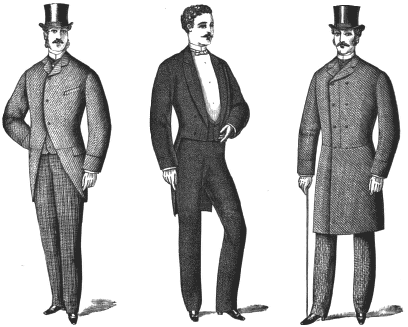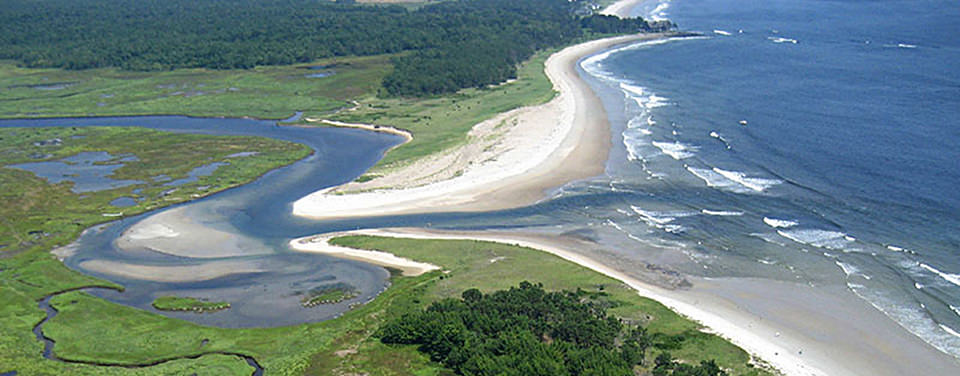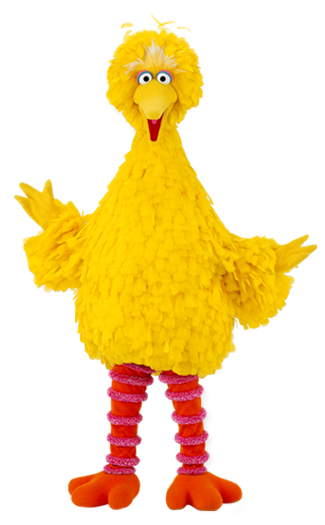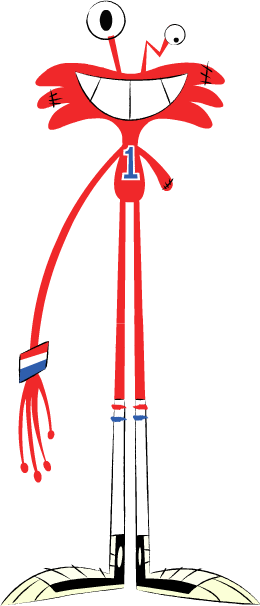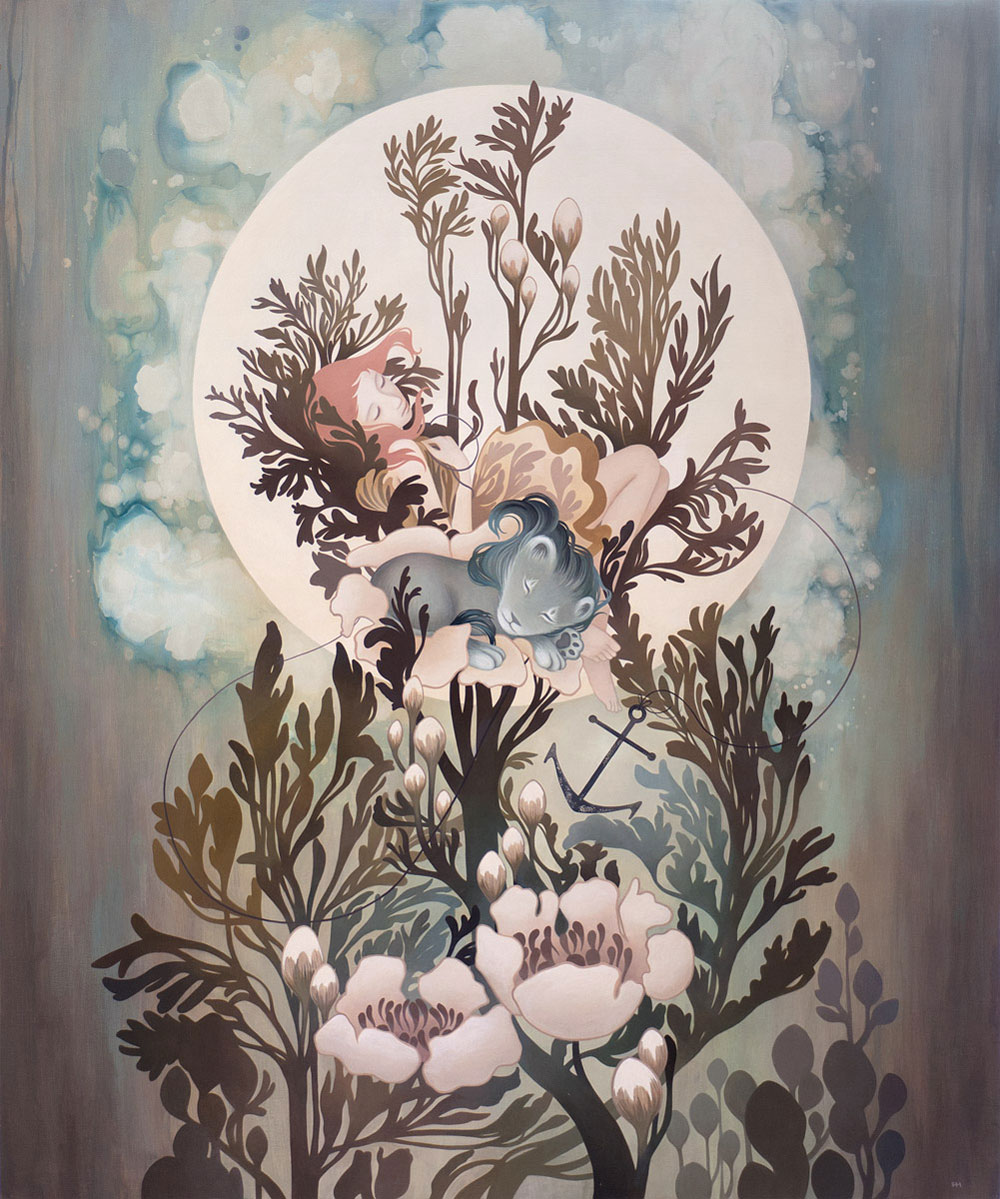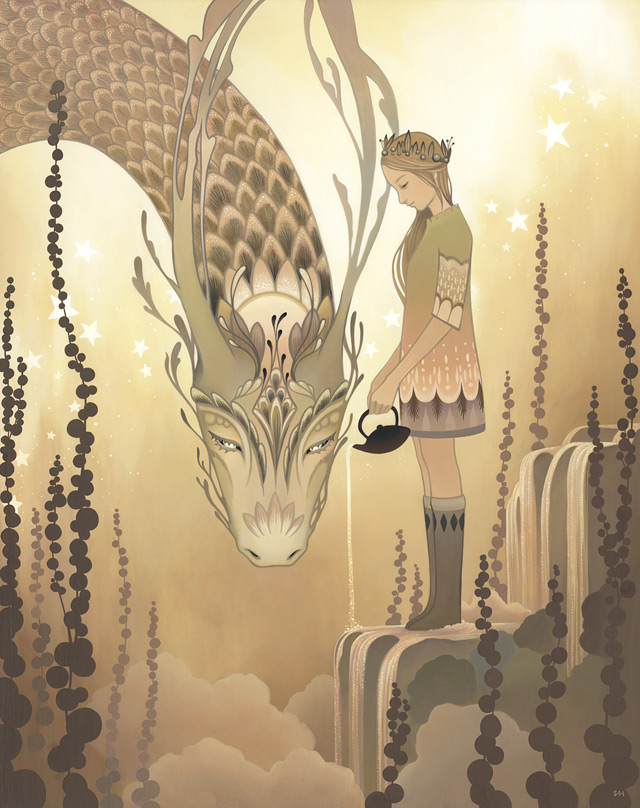End of the year reflection
I am going to reflect on the
achievements, weaknesses and challenges I have had to face ever since I started
this course.
Through every project I have worked on during
this course, I have always had a handful of artists to help influence my work
using their styles and techniques to produce multiple ideas of my characters.
For my first project I researched the
history of animation stretching all the way back to the 19th century
where the first projects were made to animate the separate frames creating the
optical illusion effect which was originally created by Edward Muybridge. I
learnt how the process of animation works by going through the 12 principles such
as the storyboard, voice recording, synchronized animatic, design and timing,
the layout, the actual animation, pencil tests, backgrounds, traditional
ink-paint and camera digital ink and paint and finally computers and digital
video cameras.
I have used Fawn Gehweilers big-eyed
designs for my T-Rex, Photos of the exhibits from the Hancock museum combined
with Christopher Hart’s cute anime style, a mixture of The Silhouettes
appearance for animating my storyboard in Cinema 4D, Merging two characters
such as Big Bird and Wilt to create my own character Flobby the stork and
Charles Burns black and white gothic styled work for my three ghost sketches.
Through the numerous CAAD sessions I
have attended I have been taught many ways on how to build a character and
animate with multiple software programs such as Photoshop, Dragon frame,
Illustrator and Cinema4D. I have found most of these programs very useful when
editing a character but animating one has always been another challenging
story.I’ll admit I have had quite a few obstacles and weaknesses to face for when it came to a new software program. For example it has taken me a long while to get use to the hundreds of icons/tools that are used in Cinema4D going through every process of building a 3D character and learning how to animate it step by step has been a bit of a struggle for me to remember it all.
When I was first introduced to Cinema4D I was shown how to make a black image to be the background of the material I was going to experiment on and then merge it with a colourful version. At first it took me a while to remember which goes first but eventually got the hang of being able to upload objects more easily.
I was then taken through the process of how to animate a 2D character and a 3D character while using the key frame icon to record the body movements on to the timeline, I was given two choices of how I could animate a character either animate each of the body parts separately or place different frames on each other, then drag the poses while recording the movements which I found much more easy to use.
Another very challenging obstacle that I faced was rigging a 3D character’s skeleton especially for when it came to combing the joints together and keeping the bones from moving without the body parts. I believe with a little more practise I’ll be able to animate characters in Cinema4D more professionally.
In future to help overcome these
obstacles, I also plan to upload and produce more characters in Cinema4D and
experiment with the animation process to both remember the steps of by heart,
along with rigging the characters movements correctly so that they appear much
better.
Seeing that I have used multiple
illustrators styles in my work over the years, I am thinking about following my
favourite chosen practitioners such as Georges Jeanty Mark Bagley, Bruce Timm
and Eiichiro Oda to look up on their recent work to help further influence my
own ideas. Last year I ended up producing a 22-page prototype comic book as
part of my final showpiece that had been influenced by a number of six artists
I had collected while researching.Apart from them I have also been meaning to look into the styles of artists who have been able to transform a real life person into a cartoon version of themselves, I have used this technique before while try to put a character of mine in the comic.
To help further experiment with my own characters I believe more drawing practise is in order to find out which styles would best fit them along with achieving their perfect appearance.
I also plan to make more time for my projects since I have handed in some that were complete even though I had to leave out a few styles, ideas or textures I had planned to add to the artwork but couldn’t do so in time.
Over the summer I am planning to
complete two projects to keep me busy and help further progress my skills. For
my first project I will produce multiple concept ideas for my own personal
characters to test out what style would best fit them. As I was saying before
since I produced an amateur comic book, I am motivated to try and produce more
volumes to test out multiple story plots and experiment more with the
characters personalities, in fact to be fair I have imagined hundreds of
characters since I was little it is just the matter of finding the correct
design and style that is required to finalise their appearance. This will also
help me break down several story plots I’ve been meaning to write up.
As for my second project I have been
given a task to write up a script that is to be either a 30 seconds in length animation
or to be a storyboard with 3 double paged spreads. It also has to have a
character that needs to be realised in any sort of choice of media and that it
can be formed from any of the seven basic plot types such as Voyage and return,
rags to riches, the quest, comedy, tragedy, rebirth and overcoming the monster.
Once I have had a proper
thought of what script I am going to base the plot on and which style would best
be suited for it I shall begin
work on this second project immediately.

